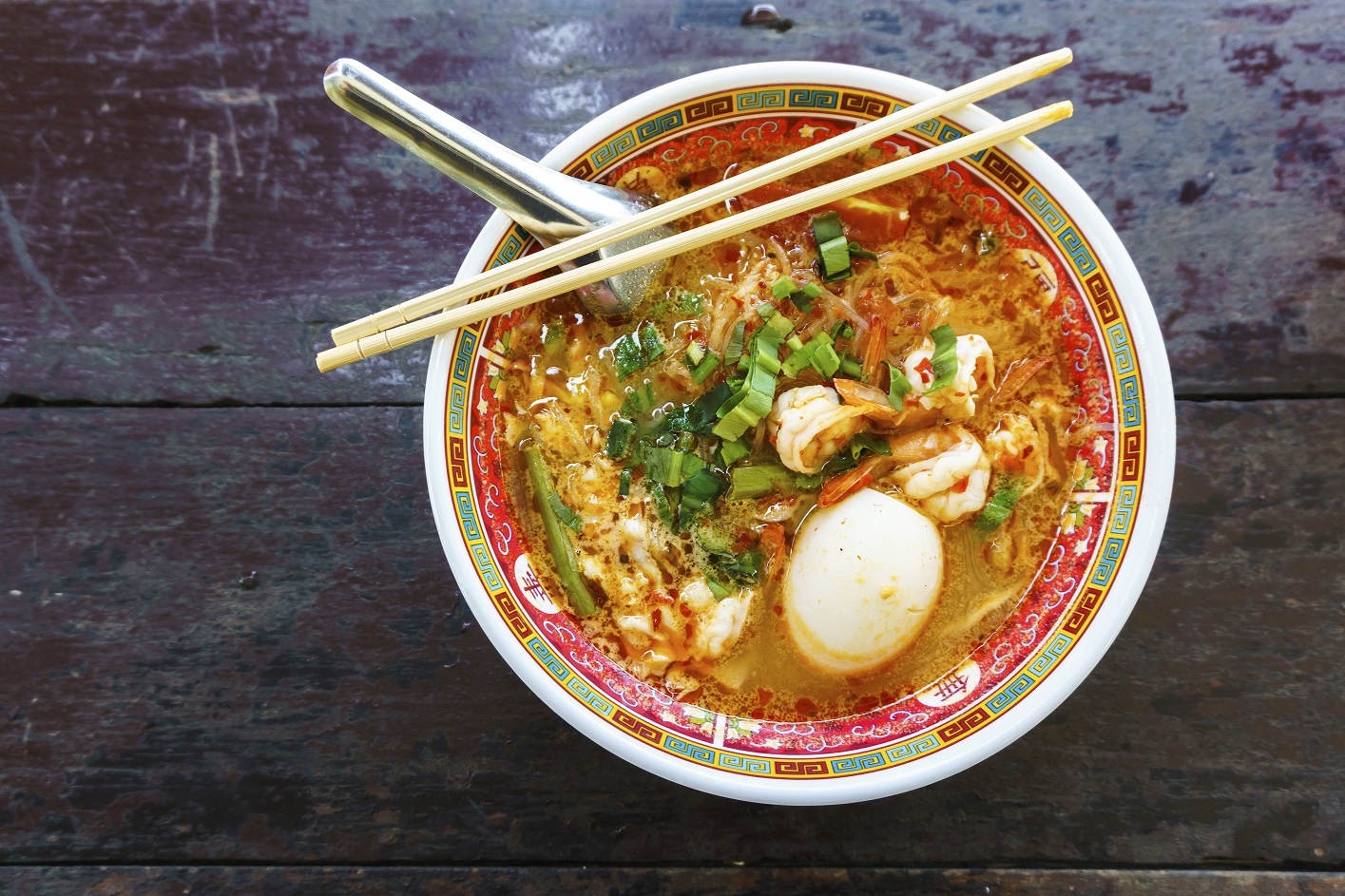In a world saturated with fad diets and quick fixes, the secrets of ancient civilizations often remain overlooked. However, these cultures relied on natural, nutrient-dense foods that sustained their populations for centuries. By revisiting these forgotten diets, we can uncover principles that align with modern nutritional science, offering insights into how to achieve lasting health and well-being.
The Mediterranean Diet: A Legacy of Longevity

The ancient Greeks and Romans thrived on what we now call the Mediterranean diet. Their meals were based on whole grains, fresh vegetables, fruits, nuts, seeds, olive oil, and moderate amounts of fish and wine. Unlike today’s processed food culture, their diet emphasized seasonal, locally sourced ingredients.
Key Lessons:
- Healthy Fats: The Greeks prioritized olive oil, rich in monounsaturated fats, which promote heart health.
- Balanced Portions: Meals were designed around plants, with animal protein playing a supporting role.
- Social Eating: Meals were communal, fostering mental well-being alongside physical health.

Modern Application: Embrace the Mediterranean approach by incorporating olive oil, whole grains, and fresh produce into your daily meals.
The Hunter-Gatherer Diet: Eating Close to Nature
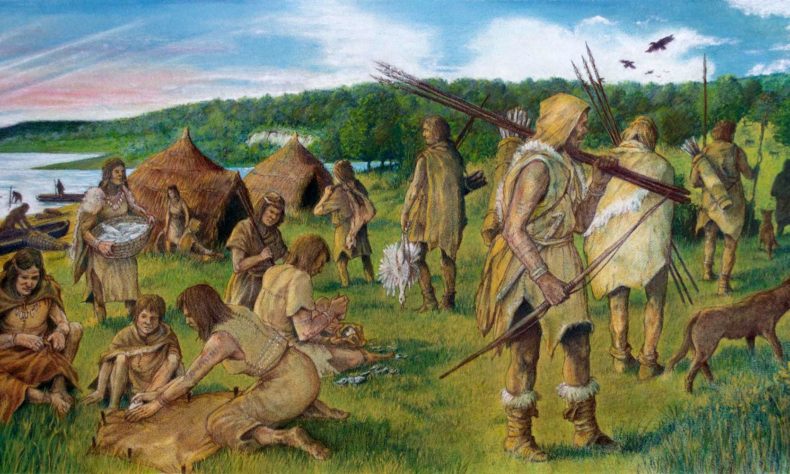
Prehistoric civilizations relied on hunting and gathering to survive. Their diets were unprocessed, consisting of wild meats, fish, nuts, seeds, fruits, and vegetables. The absence of processed carbohydrates and sugars contributed to their robust health and lower rates of chronic diseases.
Key Lessons:
- High Nutrient Density: Wild foods contain higher levels of vitamins and minerals compared to cultivated varieties.
- Diverse Diets: Seasonal and regional variations ensured they consumed a wide range of nutrients.
- Active Lifestyle: Physical activity was a necessary part of obtaining food, contributing to overall health.
Modern Application: Reduce processed foods, diversify your meals with seasonal produce, and prioritize physical movement throughout your day.
The Mesoamerican Diet: Power from Plants

The Mayans and Aztecs of Mesoamerica centered their diets around maize, beans, squash, chili peppers, and cacao. This plant-based foundation provided essential nutrients while supporting sustainable farming practices.
Key Lessons:
- Complementary Proteins: Corn and beans, eaten together, create a complete protein, an essential component of their diet.
- Cacao as Medicine: Cacao was consumed for its antioxidant properties and revered as a sacred food.
- Sustainable Practices: Intercropping maize, beans, and squash improved soil health and crop yields.
Modern Application: Combine plant proteins for balanced nutrition and explore sustainable farming or gardening techniques.
The Traditional Chinese Diet: Harmony in Food
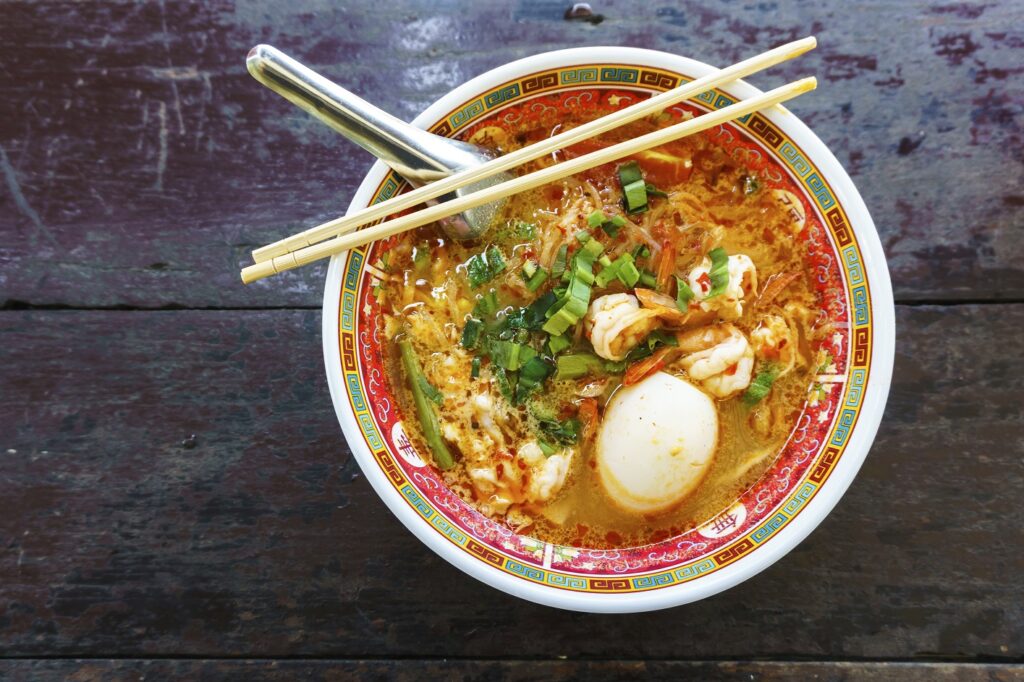
Ancient Chinese diets revolved around the philosophy of balance—yin and yang. Meals consisted of rice, vegetables, tofu, seafood, and medicinal herbs. Food was not just sustenance but a way to maintain harmony within the body.
Key Lessons:
- Functional Foods: Ingredients like ginger, garlic, and ginseng were valued for their health-boosting properties.
- Mindful Eating: Meals were prepared and consumed with mindfulness, focusing on digestion and energy.
- Seasonal Eating: The Chinese believed in eating according to the season to maintain internal balance.
Modern Application: Incorporate functional foods and adopt a mindful approach to your meals.
The Nordic Diet: Thriving in Harsh Climates
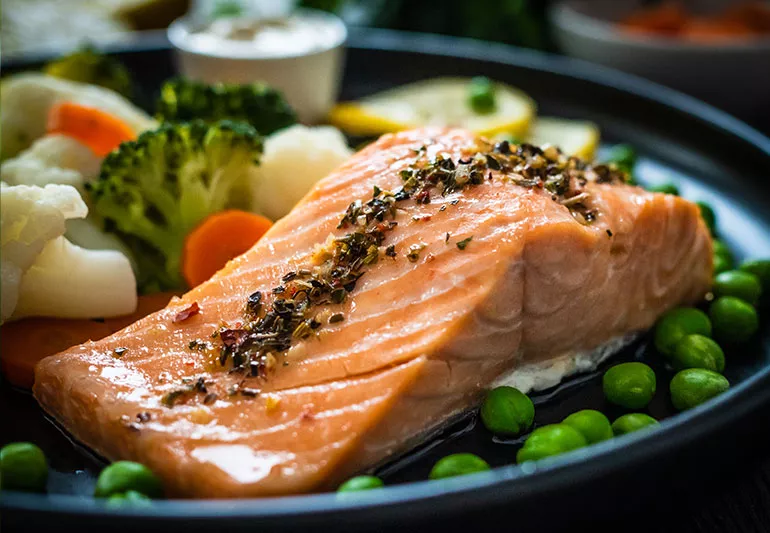
The Vikings and other Nordic civilizations survived on hardy grains like barley, rye, and oats, paired with root vegetables, fermented foods, and fish. These diets were high in fiber, omega-3 fatty acids, and probiotics.
Key Lessons:
- Fermentation: Foods like sauerkraut and fish preserved nutrients and supported gut health.
- Omega-3 Fats: Cold-water fish like herring and salmon provided essential fatty acids.
- Resilience Through Food: Simple, nutrient-dense meals sustained them through harsh winters.
Modern Application: Introduce fermented foods into your diet and explore fatty fish as a regular protein source.
The African Heritage Diet: Ancient Grains and Superfoods
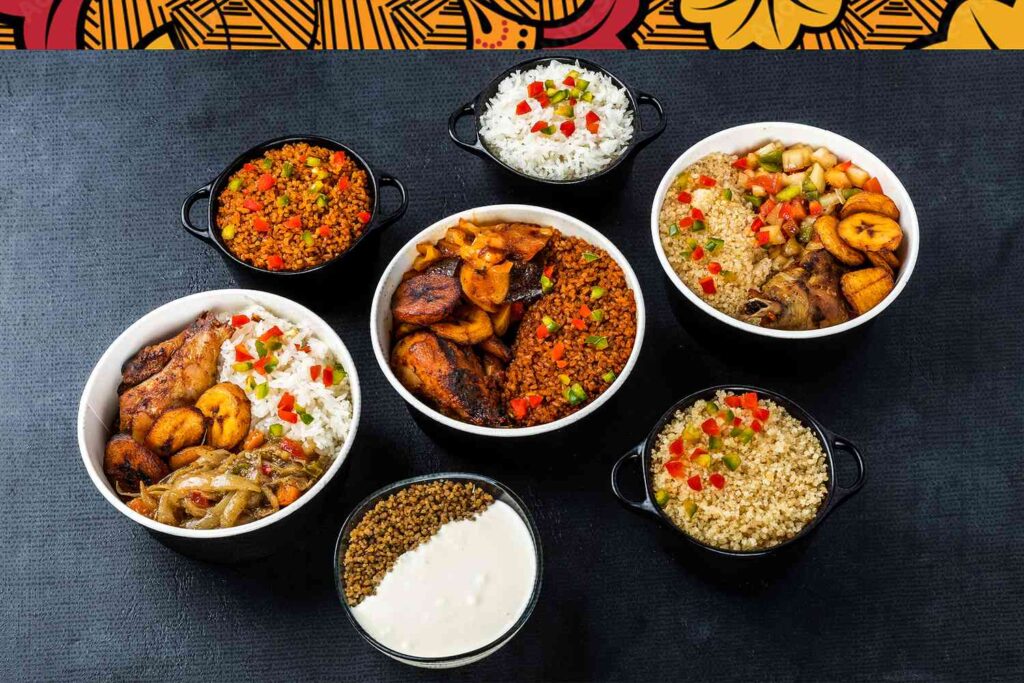
Africa’s ancient civilizations cultivated grains like millet, teff, and sorghum, alongside leafy greens, yams, and tropical fruits. These nutrient-dense foods sustained the health of vibrant, thriving communities.
Key Lessons:
- Ancient Grains: Whole grains provide fiber, protein, and essential nutrients.
- Diverse Plant Foods: A rainbow of fruits and vegetables contributed to balanced nutrition.
- Cooking Techniques: Slow cooking preserved nutrients and enhanced flavors.
Modern Application: Experiment with ancient grains and expand your palate with a variety of plant-based dishes.

Common Threads in Ancient Diets
While these diets vary widely, several unifying principles emerge:
- Whole, Unprocessed Foods: Ancient diets relied on minimally processed ingredients.
- Seasonality and Local Sourcing: They ate what was available in their immediate environment.
- Moderation: Overindulgence was rare, as food was valued and respected.
- Social and Cultural Connection: Meals were deeply rooted in cultural and communal practices.
Why These Diets Matter Today
Modern health challenges like obesity, diabetes, and heart disease often stem from poor dietary habits. Ancient diets remind us that simplicity, balance, and mindfulness are key to long-term well-being. By learning from the past, we can combat these issues and adopt a sustainable approach to eating.
The diets of ancient civilizations offer timeless wisdom for modern health. From the nutrient-rich foods of hunter-gatherers to the plant-based foundation of Mesoamerica, these traditional practices highlight the importance of whole foods, balance, and mindfulness. By integrating these principles into your lifestyle, you can embrace a healthier, more sustainable way of living.
Rediscover the secrets of ancient nutrition and unlock the power of food as a tool for health and longevity.
